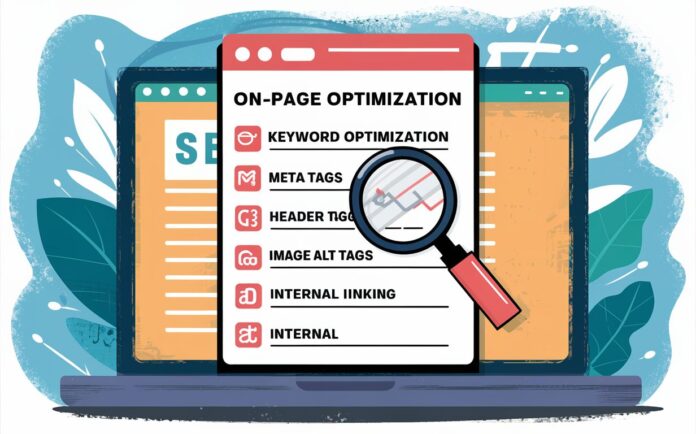Welcome to the digital age, where your website is more than just a collection of pages – it’s your digital storefront, the first impression you make on potential customers, and the cornerstone of your online presence. But in a sea of endless content, how do you ensure that your website stands out, engages your audience, and ranks well on search engines? The answer lies in the art and science of on-page optimization.
Understanding On-Page Optimization
On-page optimization is the process of fine-tuning every element of your website to improve its visibility and ranking on search engines like Google. It’s about making your site more accessible and attractive not just to search engines, but to users as well. This involves optimizing your content, images, HTML tags, and everything in between to ensure your website is as search-engine-friendly as possible.
The Key Elements of On-Page SEO
Content is King
The heart of your website is its content. High-quality, relevant, and valuable content is what attracts visitors and keeps them coming back. But it’s not just about what you say; it’s also about how you say it. Ensuring your content is keyword-rich, informative, and engaging can make all the difference.
Titles and Headings Matter
Your titles and headings are not just organizational tools; they’re golden opportunities to boost your SEO. A well-crafted title tag, which appears in search results, can entice a user to click on your website. Similarly, headings structure your content, making it easier for readers to navigate and for search engines to understand what your page is about.
Meta Descriptions: Your Digital Elevator Pitch
Meta descriptions are the brief summaries that appear under your title in search results. Think of them as your digital elevator pitch. Crafting a compelling meta description can greatly increase your click-through rates. Though they don’t directly impact rankings, they’re essential for driving traffic.
Optimize Your Images
A picture is worth a thousand words, but only if it’s optimized. Large, unoptimized images can slow down your site, harming your SEO. Using relevant filenames and alt tags can also help search engines understand and rank your content better.
Mobile-Friendliness: No Longer Optional
With the majority of web traffic coming from mobile devices, having a mobile-friendly website is non-negotiable. Google’s mobile-first indexing means that Google predominantly uses the mobile version of the content for indexing and ranking.
Speed Is of the Essence
Page speed is a direct ranking factor. A fast-loading site improves user experience and reduces bounce rates. Simple adjustments like compressing images and minimizing code can significantly boost your site’s speed.
Wrapping It Up
On-page optimization is an ongoing process, a blend of technical know-how, creativity, and attention to detail. It’s about understanding your audience, delivering value, and speaking the language of search engines. By mastering the elements of on-page SEO, you can elevate your website from good to great, ensuring it not only reaches your audience but captivates them too.
Remember, the goal of on-page optimization is not just to rank higher but to provide a better experience for your users. Because at the end of the day, a satisfied visitor is the real win.
Happy optimizing!





